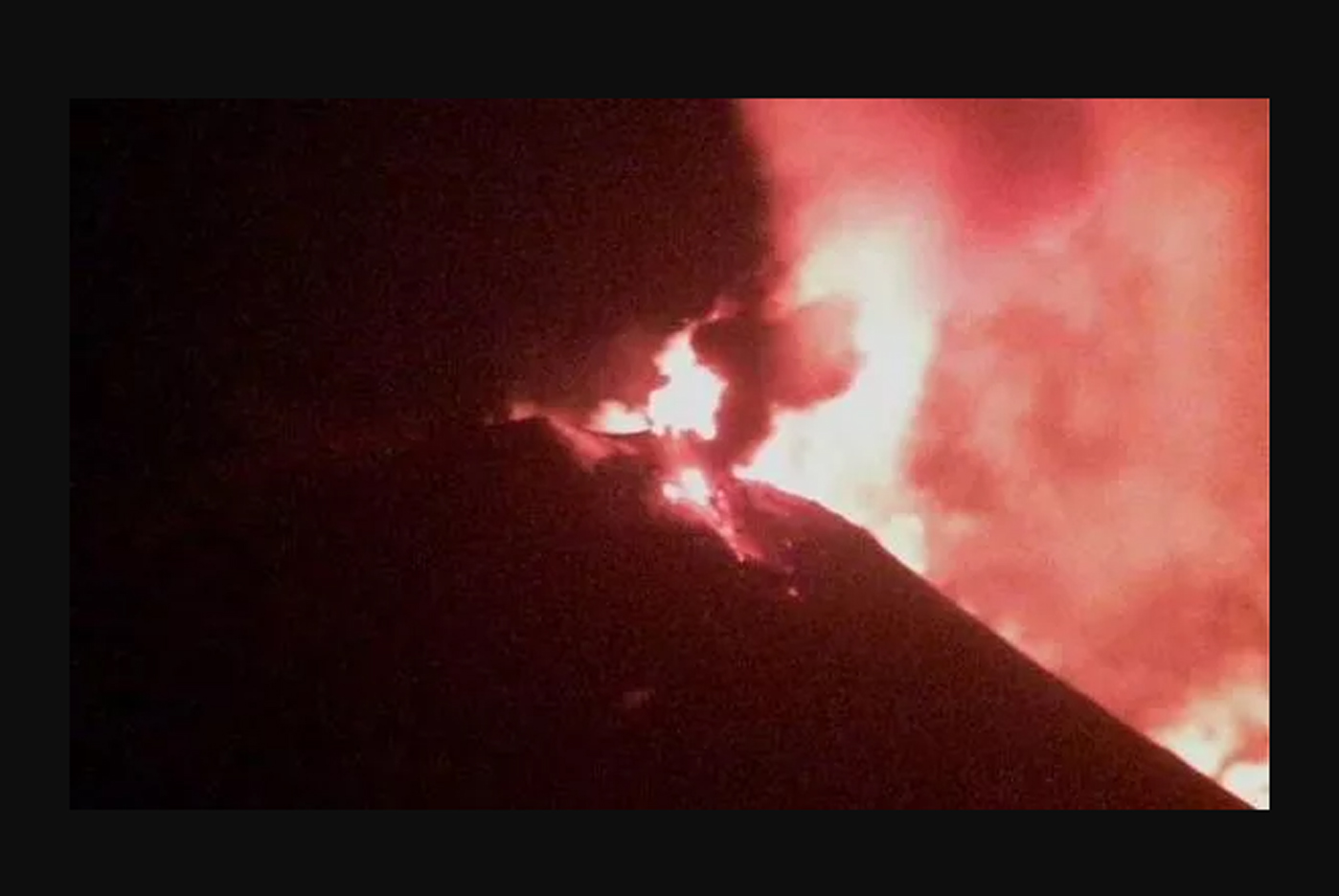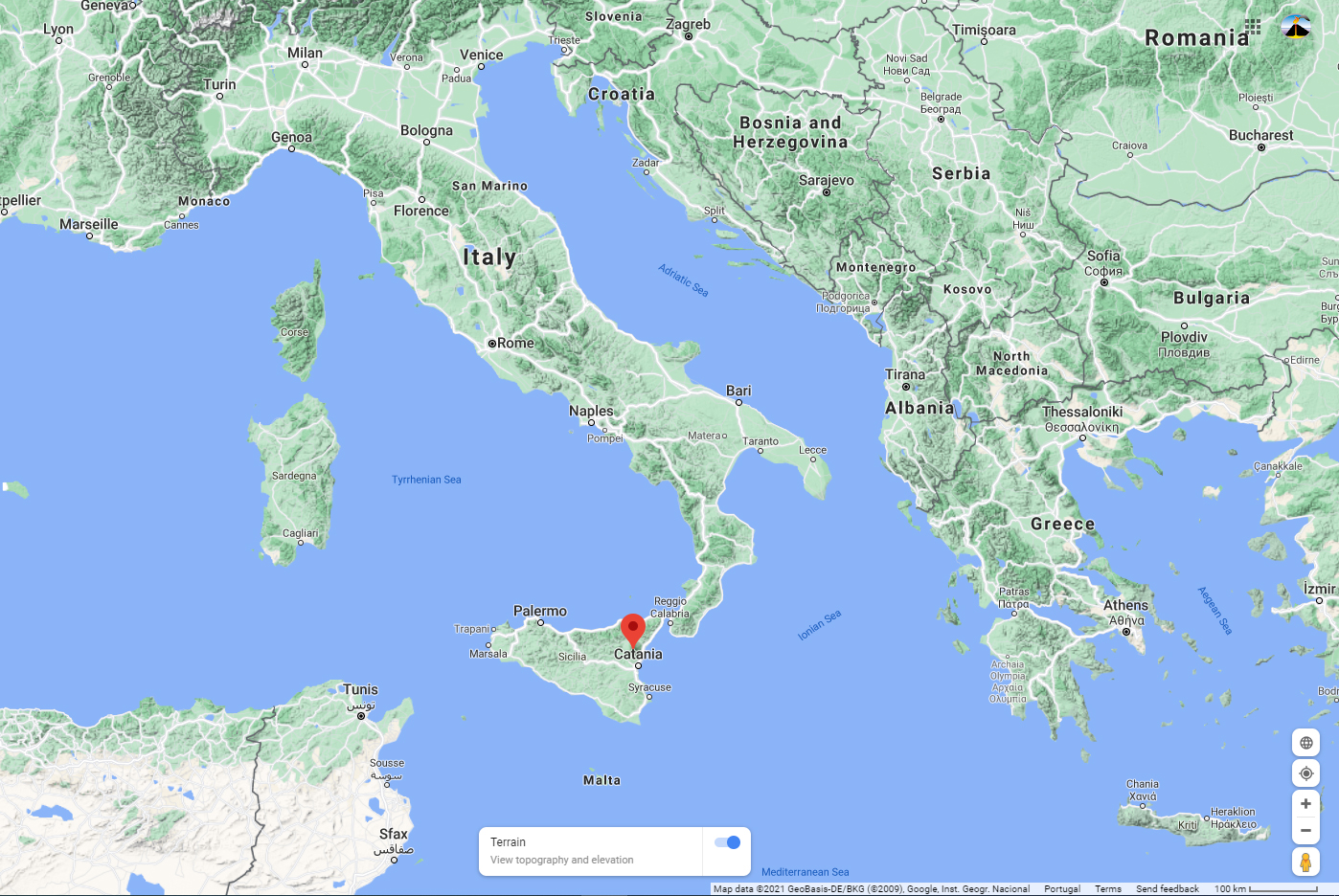O OVGA é um Centro de Ciência que desenvolve atividade de investigação aplicada e de divulgação científica na área da Vulcanologia, da Sismologia e da Geotermia.
Notícia -A A +A
Mount Etna bursts into life with 'near constant' flow of lava
Notícia OVGA 25-01-2021
MOUNT Etna in Italy is continuing to erupt, with researchers revealing there has been a "near constant" eruption over the last few days since it first burst back into life on January 19.

Mount Etna bursts into life with 'near constant' flow of lava (Image: LAVE webcam from Schiena dell'Asino)
Mount Etna, located on the isle of Sicily, has been pouring out a stream of lava since last night. At 3,329 metres tall, Mount Etna is the largest active volcano in Europe. Etna is recognised as one of the most active volcanoes in the world with an almost constant rate of activity.
Etna has been restless and aggressive for millennia, with its first confirmed eruption occurring around 6000 BC, according to the Smithsonian Institution.
Now, the Sicilian volcano is once again showing signs of life.
Experts have stated there has been a constant flow of strombolian explosions, which is a mild volcanic flow.
The peak of the volcanic eruption occurred at around 1:45am local time, but the lava has not stopped coming.

Mt Etna is continuing to erupt (Image: LAVE webcam from Schiena dell'Asino)
Volcano Discovery said: "Last night's activity of vigorous and near-constant strombolian explosions from the eastern summit vent of the New SE crater continued to increase, but judging from webcam imagery, it did not quite reach the intensity of previous paroxysms with true lava fountains.
"During the most intense phase, starting around 1:45 am local time, a new lava flow was emitted from either the same vent at the summit of the New SE crater or a fissure beneath it, and descended approximately 200-300 m to the flat area at its northeastern base."
The volcano is constantly shifting and bubbling, with around three million people living under its shadow, within a 62-mile radius.
Etna, sitting on the east coast of Sicily, is the highest peak in Italy south of the Alps.
Scientists have found Etna could trigger lethal tsunamis along the coast of Italy and Sicily if the giant volcano slides into the Mediterranean sea.
Analysis of the active volcano has found Etna is gradually creeping towards the sea under the bulk of its own weight.
The slow movement has caused one of the volcano’s sides on the east of Sicily to dangerously weaken.
If the volcano collapses into the sea, it “could lead to a tsunami” in the popular Italian holiday destination.
Source: Express UK, 20 janeiro 2021

Adenda OVGA: location of Etna, Google Maps®
